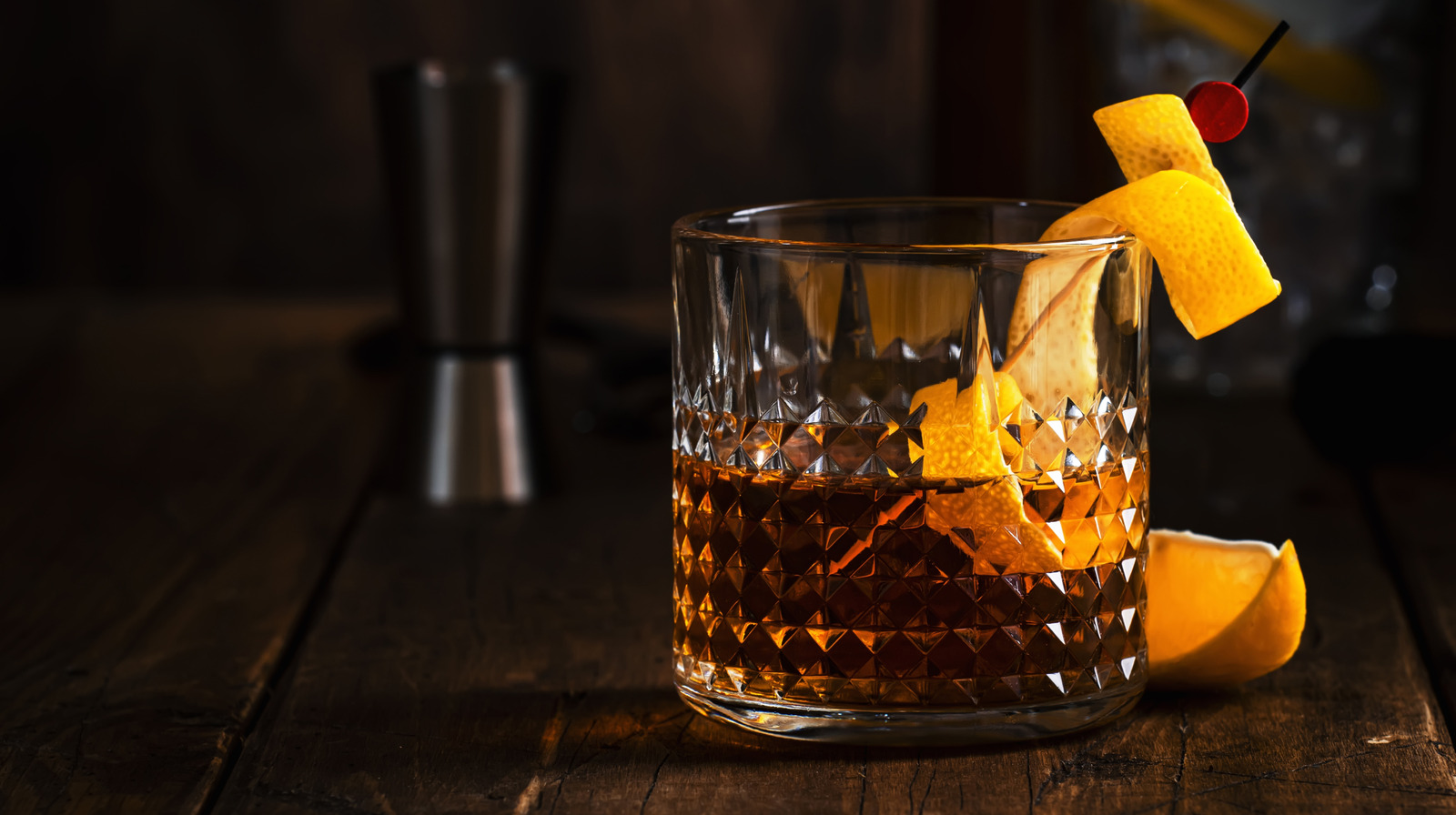When something becomes the official cocktail of a town like New Orleans, you can bet it looms large in the world of mixology. The Sazerac, a cousin to the classic old Fashioned and one of Chowhound’s 25 most popular cocktails of all time, only became New Orleans’ official cocktail in 2008, but it has quite the story to tell. A standard recipe for Sazerac features rye whiskey, sugar, Peychaud’s bitters, and an absinthe or Herbsaint rinse.
Although the old fashioned has overtaken the Sazerac in modern popularity, the Sazerac might just be the more sophisticated offering among true cocktail aficionados and certainly holds more weight in The Big Easy. The rye whiskey gives more of a clean and spicy flavor, compared to bourbon’s sweeter, corn influence. The use of Peychaud’s bitters (used in many New Orleans cocktails), adds a more licorice tang, rather than the earthy cinnamon prevalent in the much more widely used Angostura bitters. Finally, the absinthe rinse adds a subtle but bitter anise bite that’s bright on the palate.
Like New Orleans’ legendary haunted restaurants, many of the stories behind the famed Sazerac cocktail may be as steeped in folklore as much as actual history. The Sazerac is thought to have appeared as a popular drink as far back as 1838, although it was probably not the very first cocktail, as is sometimes claimed. The first Sazeracs were likely made with French brandy, although it’s unclear if it was exclusively Cognac, but the name originates from Sazerac de Forge et Fils Cognac.
The bittersweet origin of the Sazerac cocktail
In 1834, Antoine Peychaud established an apothecary on Royal Street in New Orleans, where he first created Peychaud’s medicinal bitters. His bitters quickly found use in alcoholic concoctions in many of the coffee houses (read booze houses) that sprang up around New Orleans. However, Peychaud is unlikely to have been the inventor of the Sazerac cocktail, as is often claimed. In 1852, a coffee house called the Sazerac House was first mentioned in the local press. After changing hands, it became the sole distributor of Sazerac de Forge et Fils and trademarked the name Sazerac in 1900.
At some point the cocktail recipe exchanged the French brandy for the more local American rye whiskey. This could be the result of an outbreak of phylloxera, an insect plague that began to ravage the vineyards of Europe in the 1860s and greatly limited the export of brandy. Today, the Sazerac Company produces Sazerac rye whiskey, Peychaud’s bitters, and Herbsaint liqueur, all of which the company considers to be vital ingredients in the modern Sazerac cocktail. Still, at home, you can choose to make it with any rye and absinthe-style spirit of your choice.





